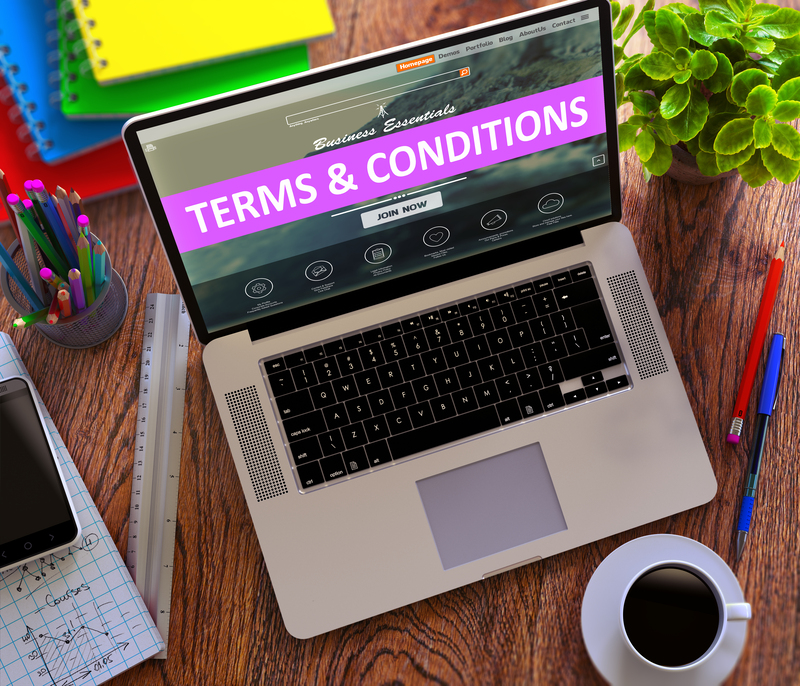Understanding the Complexity of Moving a Piano Safely
Posted on 17/06/2025
Understanding the Complexity of Moving a Piano Safely
Moving a piano safely is far more complex than the average household relocation. Whether upright or grand, these magnificent musical instruments combine considerable weight, awkward size, and delicate internal components, making their safe transportation a challenging task. In this comprehensive guide, we explore the intricacies of piano moving, from understanding the unique challenges to expert tips for protecting both your instrument and your home.

Why Moving a Piano is Uniquely Challenging
Pianos are not just another piece of furniture. Their value often goes beyond the monetary - pianos frequently have immense sentimental worth, serve as family heirlooms, or are critical tools for musicians. Below, we detail the reasons why moving a piano safely requires specialized knowledge, skills, and equipment.
The Size and Weight Factor
- Upright pianos weigh between 300 to 800 pounds.
- Grand pianos can exceed 1,200 pounds and can be up to 9 feet long.
- Even the smallest pianos contain thousands of intricate moving parts.
The sheer weight and dimensions of pianos mean that improper handling can result in severe damage to the instrument, home, or movers themselves.
Delicate Internal Mechanisms
A piano's soundboard, strings, and action components are finely balanced. Any jolt or excessive vibration during the move can cause internal damages costing thousands in repairs, or in worst cases, irreparable loss of tone.
High Risk of Injury and Property Damage
Attempting to move a piano without preparation invites serious risks. Common mishaps include:
- Crushed fingers and back injuries from improper lifting.
- Scratches, dents, or gouges on floors and walls.
- Instruments toppling over on stairs due to shifting weight.
The Types of Pianos and Their Moving Requirements
Understanding the type of piano you own is crucial for determining the safest moving strategy. Let's look at the primary piano styles and what makes each challenging to move.
Upright Pianos
Upright or vertical pianos offer relatively compact design but are top-heavy. Their shape necessitates secure handling and stabilization during the move to prevent tipping.
Grand and Baby Grand Pianos
Grand pianos are characterized by their extended body and curved right side. Dismantling elements such as legs, lyres, and pedals is often necessary to ensure safe passage through doorways and stairs.
Console, Spinet, and Studio Pianos
Smaller vertical pianos (console, spinet, studio) combine elements of both uprights and grands, presenting specific vulnerabilities such as lighter cabinetry or fragile action components.
Planning and Preparation: The Key Steps to Moving a Piano Safely
A successful piano move starts with detailed planning. Here are the most important steps to ensure a safe and efficient piano move:
Measure Everything
- Measure the piano's dimensions: length, width, and height.
- Check all access routes: doorways, hallways, turns, and staircases the piano must pass through.
- Plan the shortest and safest pathway from the current location to the moving vehicle.
Gather Proper Equipment
Specialized tools and protective materials are crucial for moving a piano securely.
- Piano dollies and skid boards
- Moving straps and harnesses
- Thick moving blankets and padding
- Protective gloves
- Heavy-duty tape and stretch wrap
- Reinforced ramp (for stairs or truck loading)
Secure Manpower and Expertise
Even with the right tools, moving a piano safely requires multiple strong, coordinated individuals -- ideally, professional movers with experience in piano handling.
The Process: How to Move a Piano Safely
Let's break down the essential process of piano moving, step by step:
Step 1: Prepare the Piano
- Close and lock the keyboard lid to protect keys.
- Wrap the entire piano in moving blankets and secure with tape or shrink wrap.
- Dismantle any removable parts (legs, pedals, music stands in grand pianos) and wrap them separately.
Step 2: Lifting and Loading
- Always lift with your legs, not your back. Coordinate all movements with your team.
- Use straps and dollies to distribute weight and keep the piano upright.
- Carefully navigate corners and tight spots, moving slowly and steadily.
Step 3: Transportation
- Ensure the moving truck has a flat, non-slippery surface and adequate tie-downs.
- Position the piano against the truck's wall and secure with straps to prevent shifting.
- Minimize in-transit bumps by driving slowly and carefully.
Step 4: Unloading at Destination
- Repeat lifting, support, and guiding techniques, maintaining communication throughout.
- Reassemble at the new location and inspect for any possible damage.
- Allow the piano to acclimatize to its new environment before playing or tuning.
When to Call Professional Piano Movers
While it may be tempting to move a piano with friends, professional piano movers offer decisive benefits:
- Experience and training: Movers understand precisely how to handle different piano types and obstacles.
- Specialized equipment: Pros come prepared with the correct tools and protective gear.
- Insurance coverage: Most professional services offer liability protection in case of accidental damages.
- Reduced injury risk: Trained movers know how to avoid common hazards.
Investing in experts for safe piano transportation is especially important for:
- Moving pianos up or down stairs.
- Navigating narrow doorways or elevators.
- Transporting grand or antique pianos.
- Long-distance relocations.
Piano Moving Risks and How to Mitigate Them
A piano's size, weight, and delicacy make it susceptible to many moving risks. Below are the biggest hazards and what you can do to avoid them:
Risk #1: Physical Injury
Improper lifting techniques can lead to muscle strains, back injuries, or severe accidents. Always lift with your legs, use proper equipment, and never attempt moving a piano alone.
Risk #2: Instrument Damage
Bangs, scrapes, or tipping can destroy a piano's finish or even its workings. Wrap the piano thoroughly and handle with care at every stage.
Risk #3: House Damage
Heavy pianos can gouge hardwood, chip stairs, or damage door frames. Use padding on all travel paths and move slowly to avoid obstacles.
Risk #4: Environmental Stress
Rapid changes in temperature or humidity can warp wood and detune strings. Move the piano in appropriate weather and allow a settling period before tuning.
How to Care For Your Piano After the Move
The journey doesn't end after your piano is installed in its new home. Preserving your instrument's beauty and sound requires careful post-move care:
- Wait before tuning: Let the piano acclimate for 2-3 weeks to the new environment's temperature and humidity before scheduling a tuning.
- Check for visible damage: Inspect all surfaces, legs, pedals, and keys. If you spot cracks or mechanical issues, contact a piano technician.
- Clean thoroughly: Use a soft, dry cloth to remove any dust from the move. Avoid harsh cleaners.
- Reconsider positioning: Keep the piano away from windows, vents, and exterior walls to reduce environmental fluctuations.

Frequently Asked Questions About Safe Piano Moving
Can I move a piano myself with a few friends?
While some small upright pianos might be moved by several able-bodied individuals, there remain significant risks of injury and damage. For grand, antique, or high-value pianos, hiring professionals is the safest approach.
What's the best way to move a piano up or down stairs?
This is among the riskiest moving tasks. Professionals use special dollies, teams, and sometimes hoists or cranes. Attempting stairs without training and equipment can cause catastrophic accidents.
How much does professional piano moving cost?
Cost varies by piano size, distance, complexity, and access (e.g., stairs/elevators). On average, safe piano moving costs between $150 to $600, with additional fees for long-distance, large, and complex moves.
Will insurance cover damage during a move?
Check your movers' insurance policy. Professional piano movers often provide coverage, but home insurance typically does not. Always verify coverage for instrument transport.
Conclusion: Appreciate the Art and Science of Piano Moving
Understanding the complexities of moving a piano safely can save not only your instrument but also your home, health, and peace of mind. Prioritize planning, use the correct equipment, enlist enough helping hands, and when in doubt, call a pro. Although it can seem costly, the investment in safe piano moving is minor compared to the potential loss of your beloved instrument.
Whether you're moving a century-old grand, a family upright, or a modern digital piano, treat it with the respect it deserves. With patience, preparation, and expertise, you can ensure a harmonious transition to your piano's next home.





